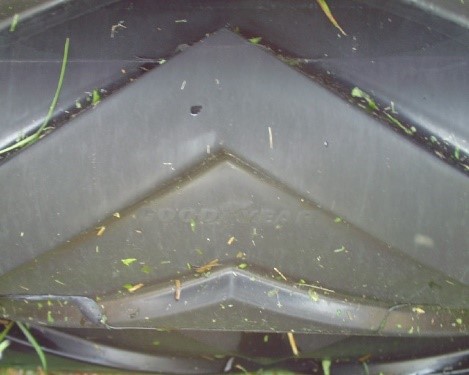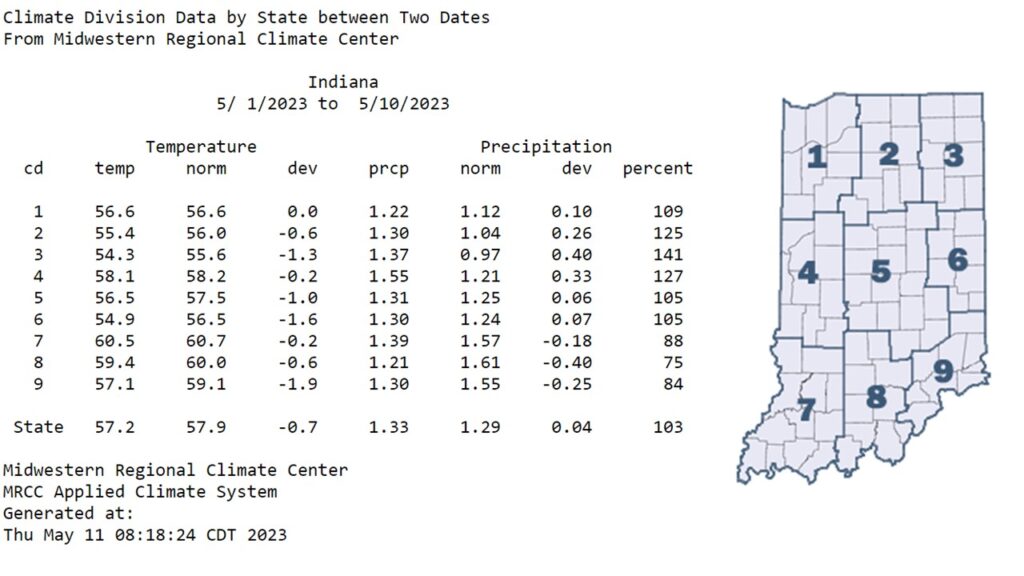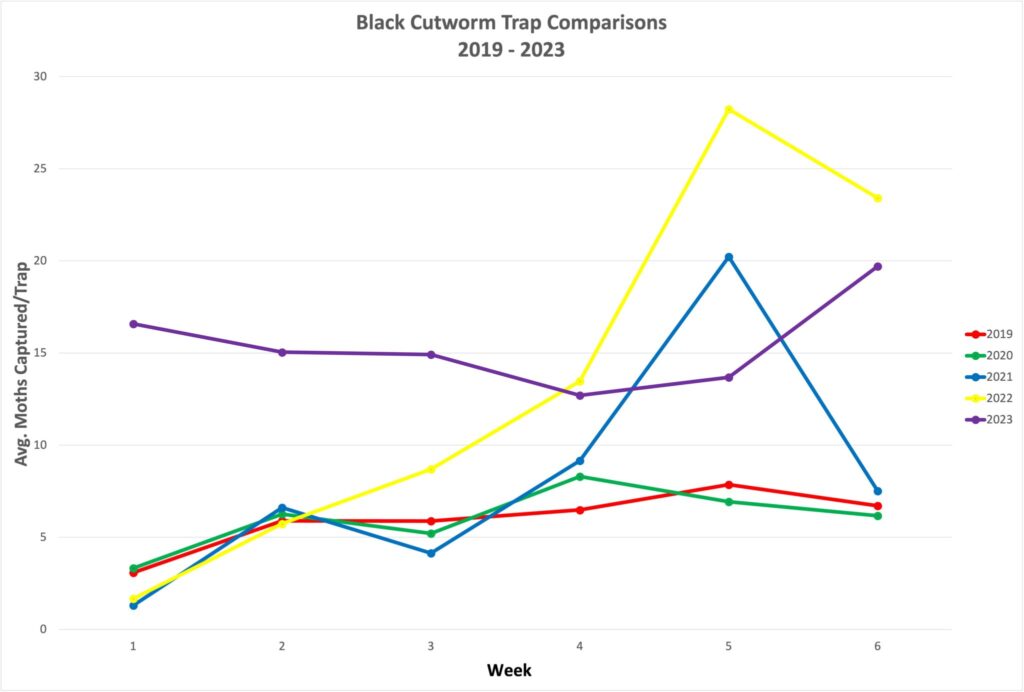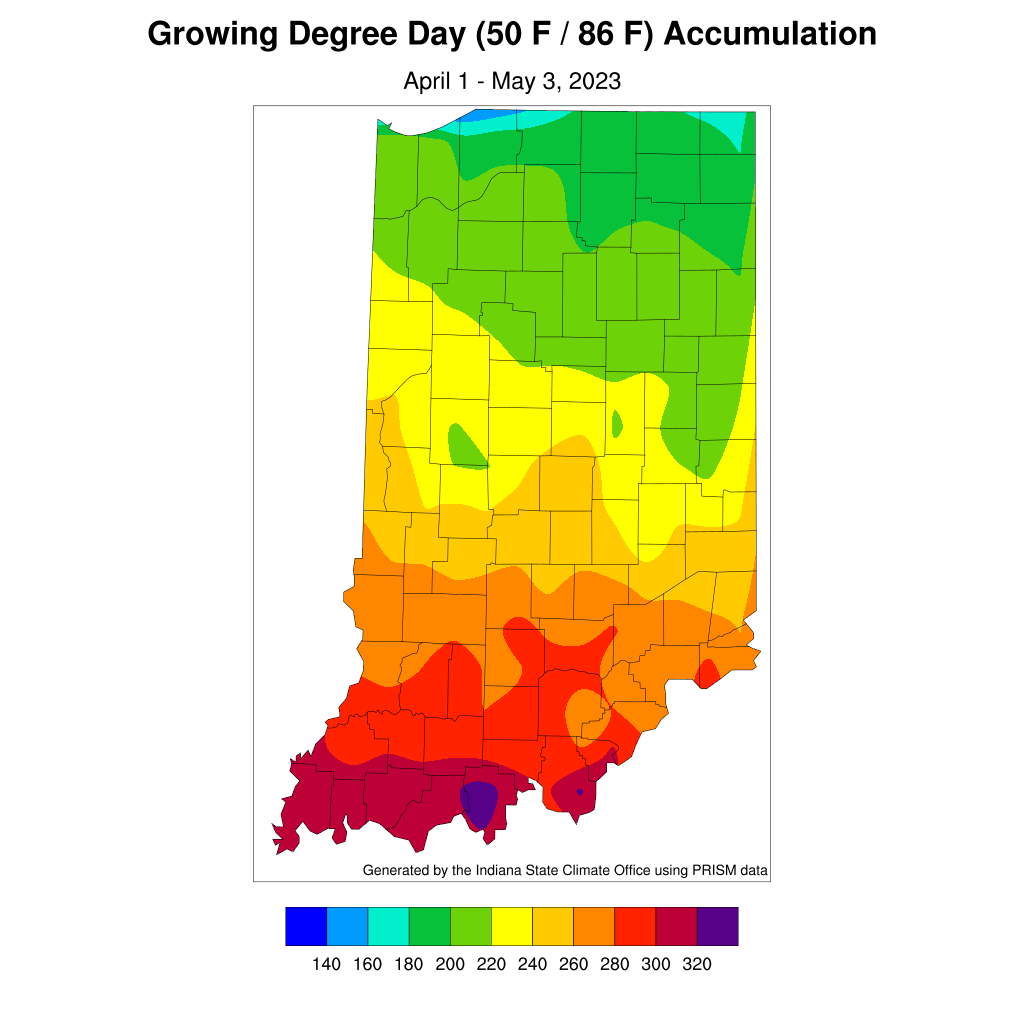
Mechanical conditioning the crop with rubber rollers (shown in picture) or steel rollers reduces hay drying time Harvest of cool-season perennial grasses and perennial legumes is beginning soon. Getting a standing forage crop that measures 75 percent moisture or more to a safe baling moisture of 18 to 20 percent moisture is “easier said than done”. Changing weather fronts pass through every third or fourth day making it a challenge to quickly dry hay. Research has shown that properly conditioning forage crops is the single most effective way to reduce curing time. Making the proper settings on your mower-conditioner will ensure the best economic return. When conditioning a forage crop, the goal should be to have 90 percent of the crop’s stems show some signs of a cracking or limpness. No more than 5 percent of the leaves should show signs of bruising or blackening from the conditioning process —[Read More…]







